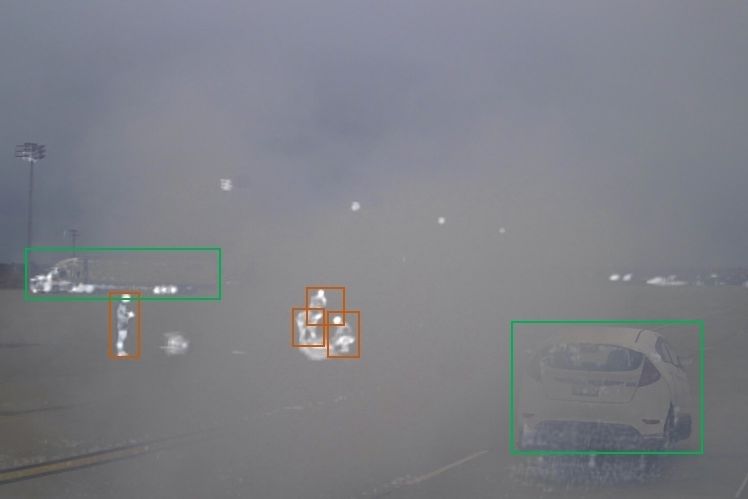Plus, Teledyne test thermal cameras for low visibility
- September 15, 2021
- William Payne

Self driving truck tech firm Plus is collaborating with thermal imaging specialist Teledyne FLIR on a development project to explore the addition of thermal cameras to the sensor stack used with Plus’s Level 4 autonomous driving technology.
Teledyne FLIR is a subsidiary of semiconductor and electronics conglomerate Teledyne Technologies Inc.
Plus currently employs lidar, cameras, and radar to provide trucks equipped with its autonomous driving technology a 360-degree view around the vehicle. According to Plus, thermal cameras add another layer of perception that is particularly useful for heavy trucks that traverse the country in low-visibility and high-contrast conditions. These can include: nighttime, shadows, dusk, or sunrise; direct sun or headlight glare; and challenging scenarios when fog or smoke is present due to environmental conditions.
Depending on configuration, thermal cameras can detect and classify pedestrians at distances of up to 250 meters (>820 feet), which is much farther than the reach of typical headlights. They can also provide another layer of perception around the vehicle, particularly helpful when the vehicle is backing up or when being overtaken by an ensuing vehicle.
“You can never be too safe when it comes to equipment you put on a heavy truck. Combining thermal cameras with our other sensors would bring an additional margin of safety to our system. Our research pilot will not only assess the technical performance but also consider cost and scale requirements in order to potentially add this to our product roadmap,” said Tim Daly, Chief Architect of Plus.
“We are excited to be working with the team at Plus as they explore the integration of thermal cameras into their current sensor suite, creating even safer autonomous commercial vehicles,” said Paul Clayton, General Manager of Components, Industrial Technologies Segment at Teledyne FLIR. “By combining thermal imaging with visible light cameras, lidar, and radar, Plus can create more comprehensive and redundant systems, allowing these vehicles to more readily detect and classify objects and humans on the road to help save lives.”





